
In our everyday sacred journey around Mother Sun – the “Turas”[i]of our planet Earth – our orbit moves us into the Seasonal Moment of Beltaine/Samhain: the cross-quarter Moment/Season between Equinox (Spring S.H./Autumn N.H.) and Solstice (Summer S.H./Winter N.H.): that Moment will be at is 17:14 “Universal Time” on the 7th November … that’s November 8th 3:14 AEDT Australia where I am. Other global times are available at archaeoastronomy.com

In the Southern Hemisphere our planet enters Beltaine/High Spring – a Season for celebration of the dance of life and sweet desire for it … a celebration of Allurement, as cosmologist Brian Swimme names this Cosmic power[i]; as the light part of the day continues to grow and to dominate. It is a celebration of Light par excellence, because light is continuing to expand at this time; and the rainbow of colours enters into our eyes, the warmth and magic of photons are received on our skin, there are flowers and the appearance of beautiful Summer food that Sun and light produce, and the relational connections we enjoy with others.
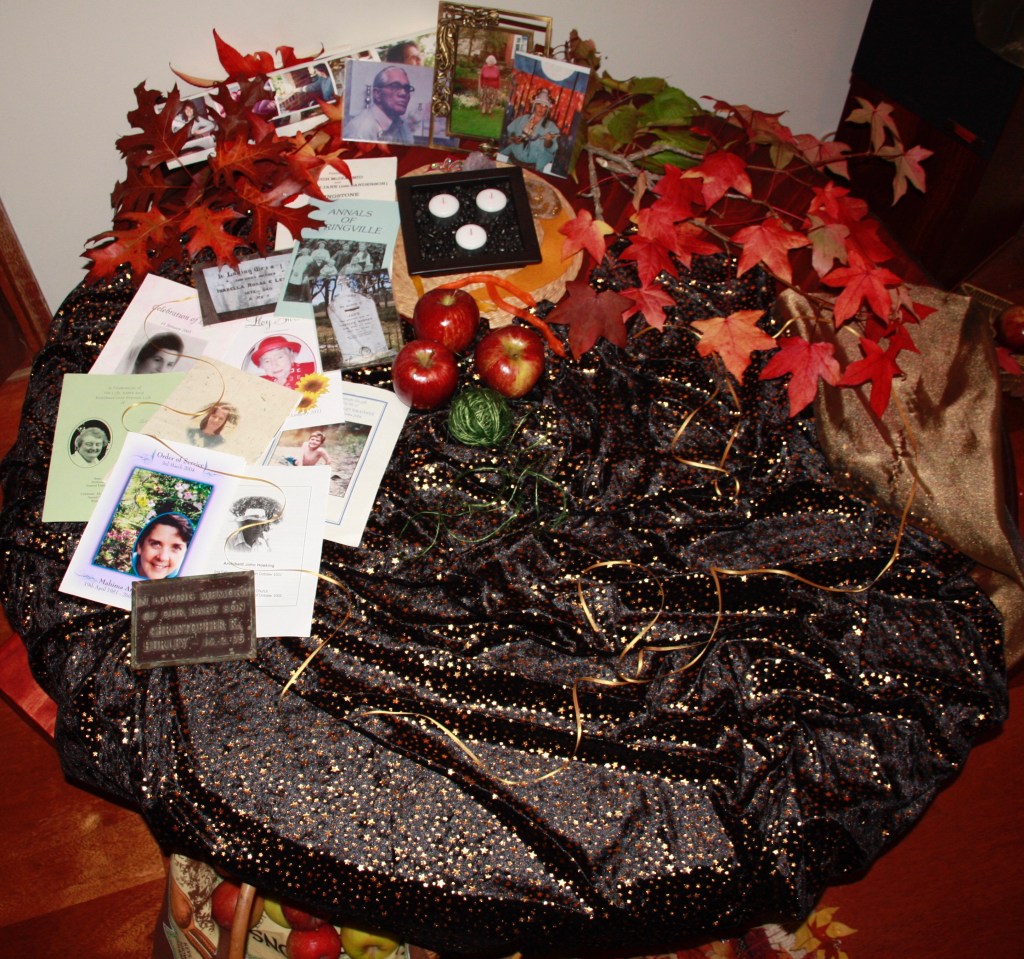
In the Northern Hemisphere it is the Season of Samhain/Deep Autumn – a Season for celebration of the trans-formation of life, a time for remembering all who have gone before into the night, and for dreaming and conceiving the new; as the dark part of the day continues to grow and to dominate. It is a celebration of Dark par excellence, because dark is continuing to expand at this time; it is a place where there may be comfort and rest, letting its sentient fertility compost the past, and compose/conceive the new. It is a time for dreaming, and to remember graciously all the ancestors – human, flora and fauna – that have enabled this moment.
Beltaine and Samhain are essential to each other – one cannot be without the other; and they occur at the same time … are co-incidental. Enjoying the moment of Now, its gift and in all its beauty, is intimate with a sense of death – the knowing of the passing of All. Life is built on death – the moment and all beings would not be here, if all had not passed before. Death is actually the Mother of us all– we may be thankful. And in PaGaian Beltaine ceremony as well, it is traditional to remember how “we are united with all who have come before us, in their desire, in their longing …”: to sense the wholeness of form and trans-form, the flux and unity that this Event of Life actually is.
Both of these Seasonal Moments just prior to the fullness of light or dark at the Summer or Winter Solstice, have traditionally been times of high revelry celebrating a wild fertile space – one a genetic manifest fertility, the other a trans-genetic imaginal manifesting fertility. It seems a kind of excitement felt in bodyminds anticipating the climax/fullness of light or dark – both with their particular magic: and in the evolutionary story the advent of meiotic sex is connected to the advent of death[iii]. The creative nature of passion – felt deep within and expressed multivalently, is worthy of much more contemplation.
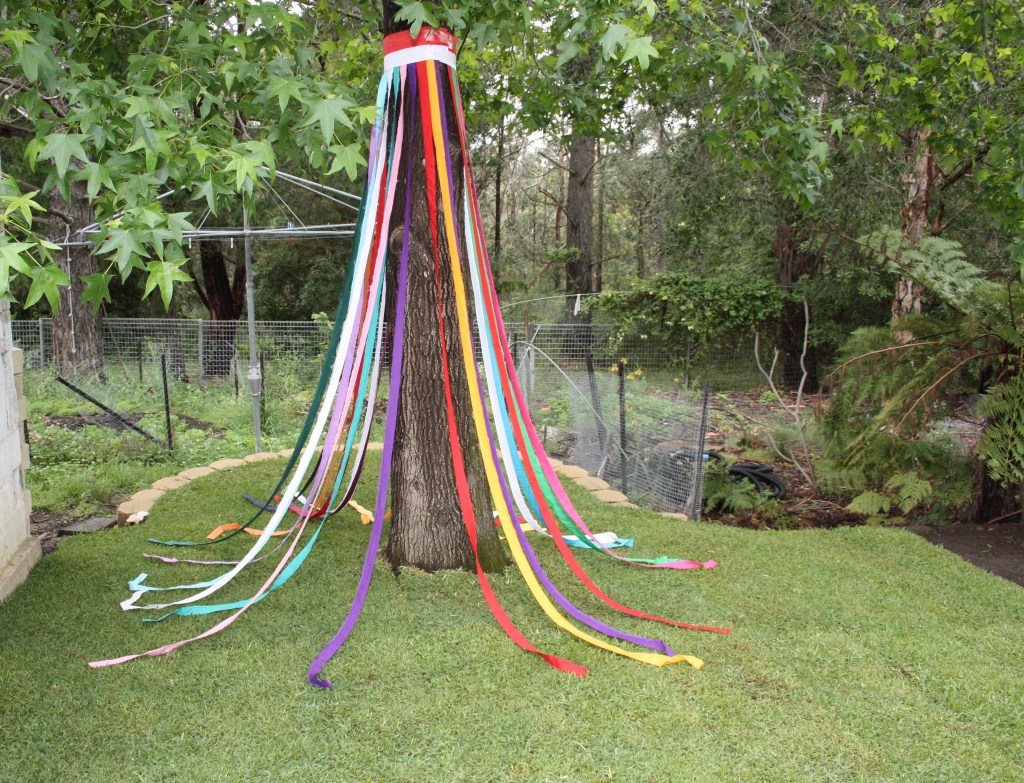
For some Beltaine Poetry: PaGaian Beltaine on YouTube
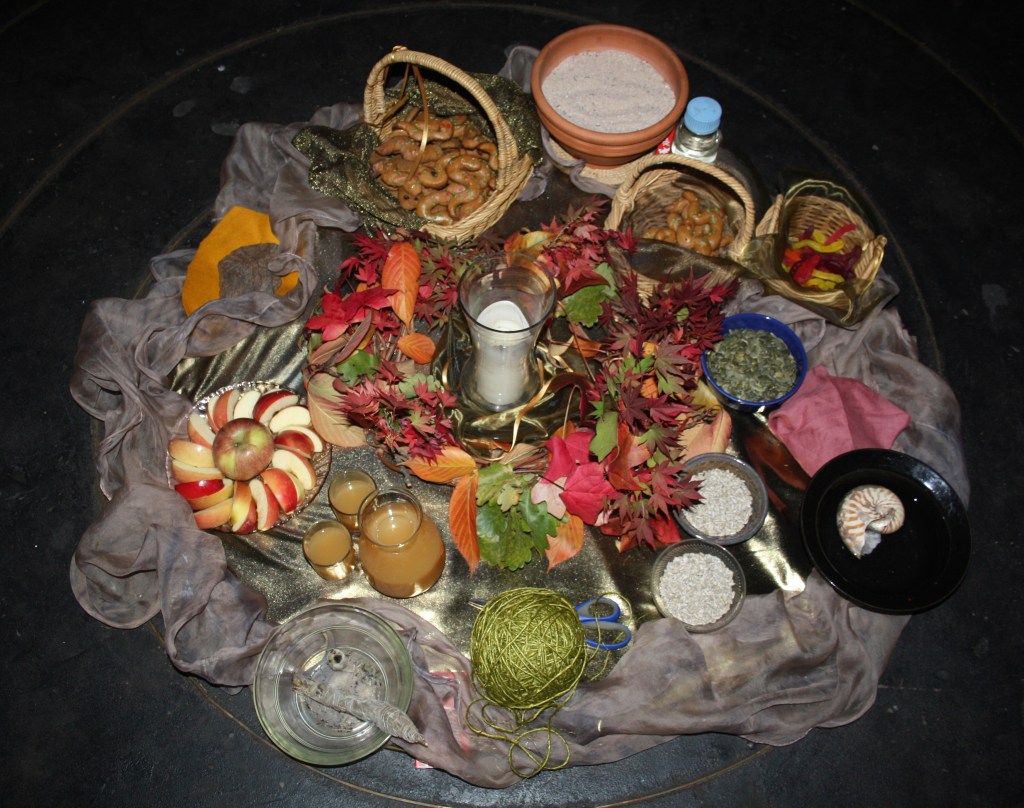
For some Samhain Poetry: PaGaian Samhain on YouTube
Many will celebrate the Moment of Beltaine/ Samhain on the 31stOctober, and yet others will enjoy it closer to the astronomical moment of 7th/8thNovember. At my place in Australia we will celebrate Beltaine ceremony close to the Moment, and I invite others in this way:
Earth tilts us further towards the Sun – the Source of Her pleasure, life and ecstasy
You are invited to celebrate
BELTAINE
This is the time when sweet desire For life is met
… the fruiting begins:
the promise of early Spring exalts in passion.
This is the celebration of Holy Lust, Allurement, Aphrodite …
Who holds all things in form, Who unites the cosmos,
Who brings forth all things,
Who is the Essence of the Dance of Life.
oOo
PaGaian Cosmology blogs for Beltaine/High Spring
PaGaian Cosmology blogs for Samhain/Deep Autumn
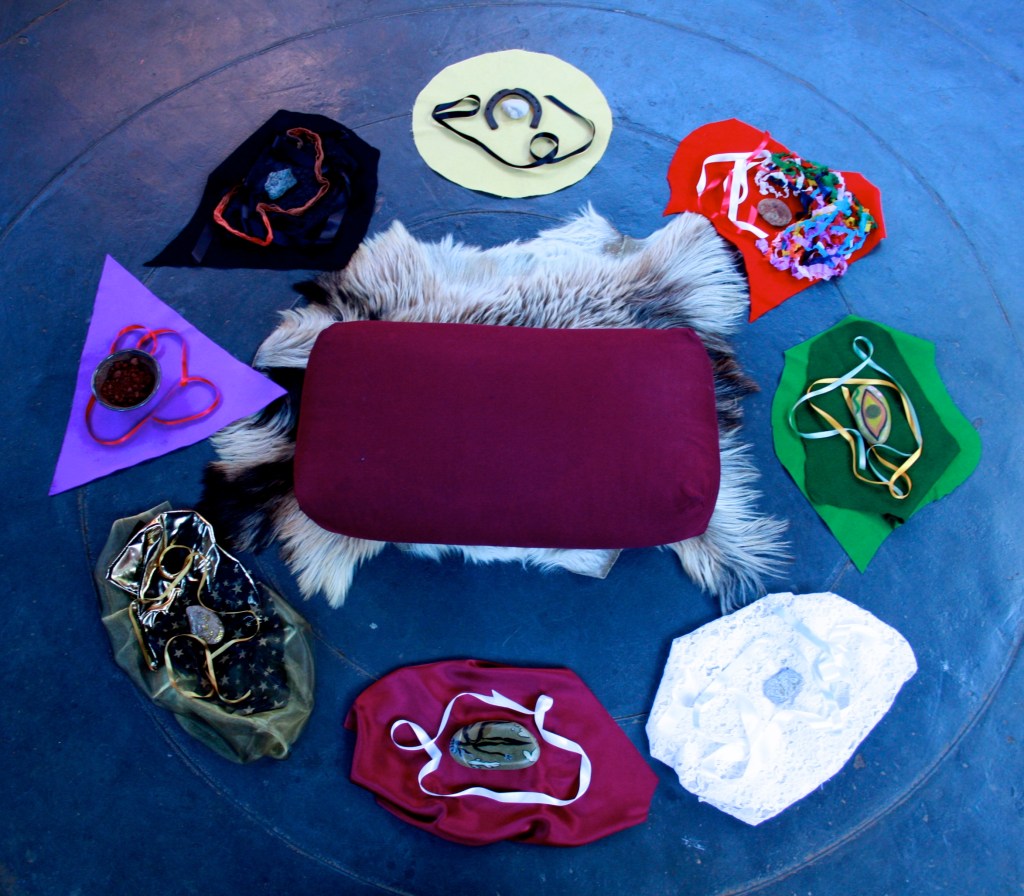
Beltaine/High Spring and Samhain/Deep Autumn meditations are offered in PaGaian Cosmology Meditations, moving and inspiring for both the experienced and the new. The meditations are available in digital or in CD format.
Beltaine and Samhain story are offered in Appendix F of PaGaian Cosmology. These Seasonal Moments in relationship to the whole Wheel of the Year may be found in Chapter 5; and ceremonial scripts are offered in Chapter 7 though they of course always evolve and would be adapted to personal and regional poietics. The on-line versions are different from those in the paper copy of the PaGaian Cosmology book.
For more reflection on the reciprocity of Beltaine and Samhain: Beltaine/Samhain @ EarthGaia.
Blissed and profound Beltaine/Samhain transition to you.
NOTES:
[i]Turas is a Celtic word meaning “journey”, “pilgrimage”, and refers especially to the circular, spiralling prayer used by people in Celtic countriesas they walked sunwise around a sacred site. (Caitlin Matthews, The Celtic Spirit, p.31)
[ii]Brian Swimme, The Universe is a Green Dragon, p.43-52.
[iii]See Elisabet Sahtouris, Earthdance, NE: iUniverse, 2000, p.134-135, and Ursula Goodenough, The Sacred Depths of Nature, NY: Oxford University Press, 1998, p.143-149. More can be made of this link between these Seasonal Moments: orgasm has been termed “a little death” in French.


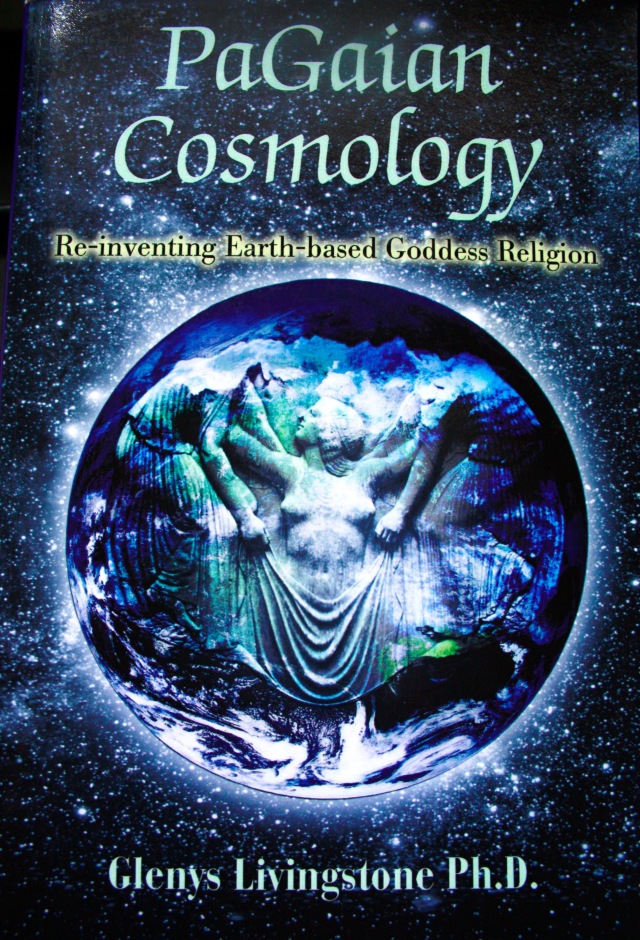


Bel Taine (Gaelic ‘Teine’, Fire of Bel) honours Bel, Baal, the Celtic Apollo of the Sweet Mouth who was worshipped in Tyre. Bel and his female champion Jeze Bel get mentions, not entirely friendly, in the Bible. Bel was brought to Ireland by the Feni (Fay-nee) the Phoenicians fleeing from the Romans when they destroyed Carthage. The name MacCarthy (Gaelic Mac Carthaig, ‘Son of, well, Carthag’) is still common in Kerry and Cork. A metallic melodious instrument with a swinging tongue is named after Bel and was adopted by the Christians to summon the faithful.
Samhain derives from the Gaelic/Gaulish word ‘Samh’ which means ‘peace’ or ‘rest after the labour of the harvest’. Our word ‘somnolent’ is derived from it. A river in Gaul/France is named ‘the Samme’, ‘River of Peace’. Tragically ironical, considering what happened there in 1916 and again in 1918.
thank you Aidan, it’s good to hear from you